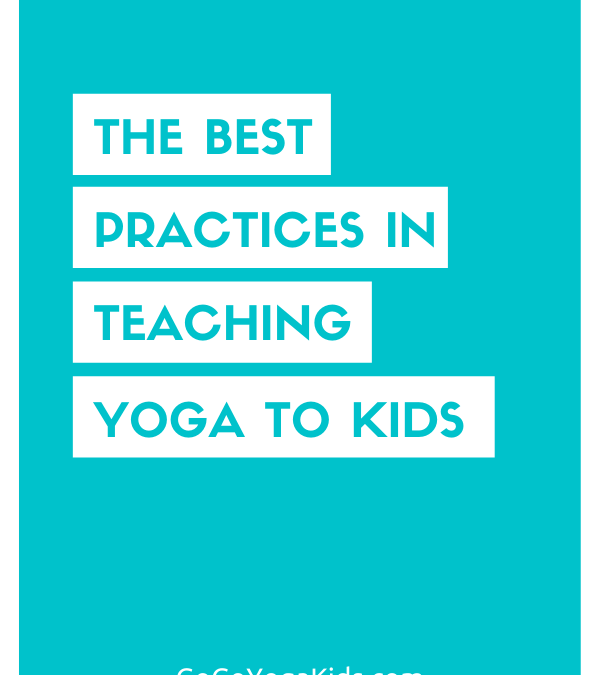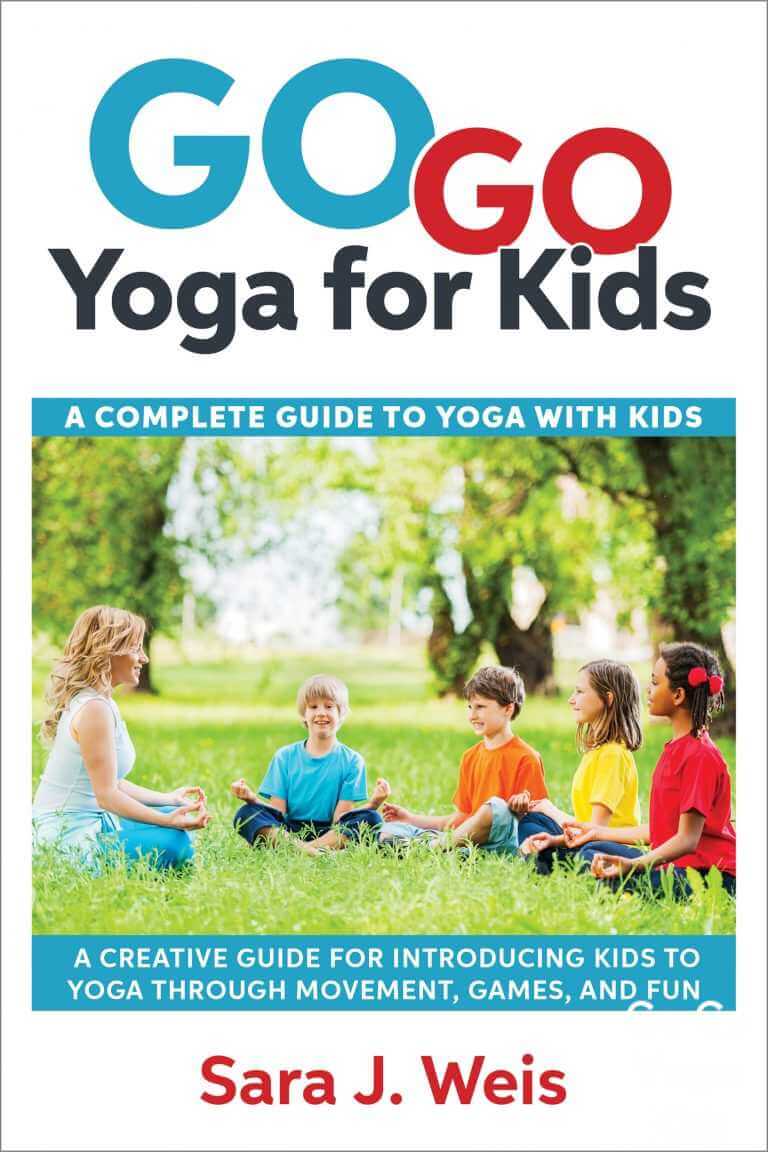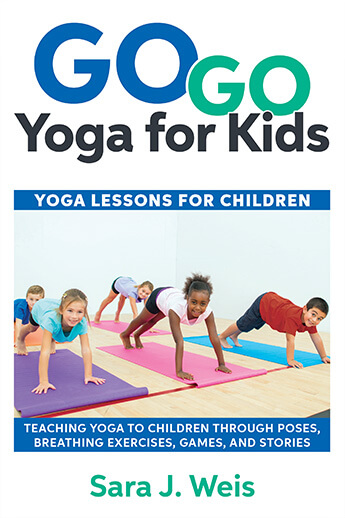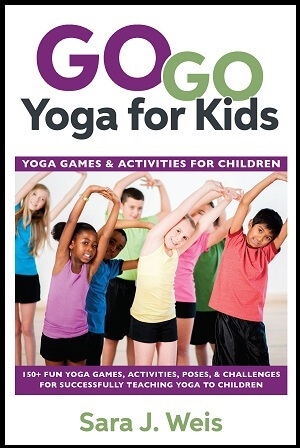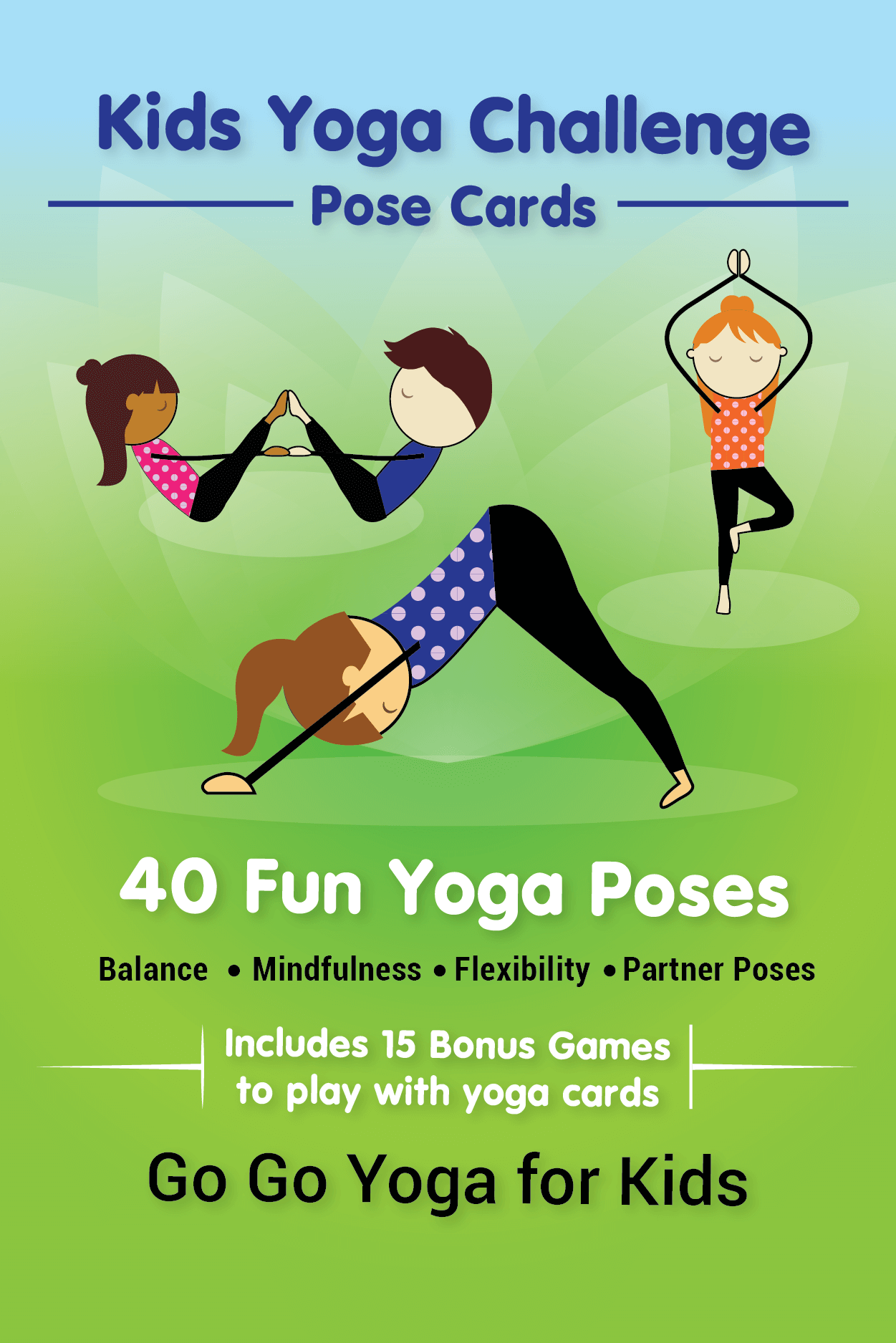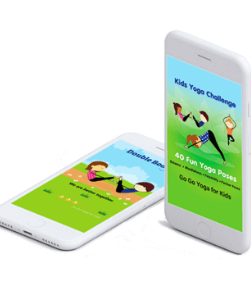“Yoga makes you feel good inside and out and it is also fun! It is form of active movement and exercise that really works with kids.” Sara J. Weis of Go Go Yoga for Kids
What are the best practices in teaching yoga to children? How has teaching yoga to children changed over the years? These are just a few questions and more that are answered. I was honored to be interviewed by Catharine Hannay of Mindful Teachers.
In this Mindful Teachers Q+A, Sara discusses what she’s learned from the coronavirus crisis, as well as from her 20+ years teaching kids.
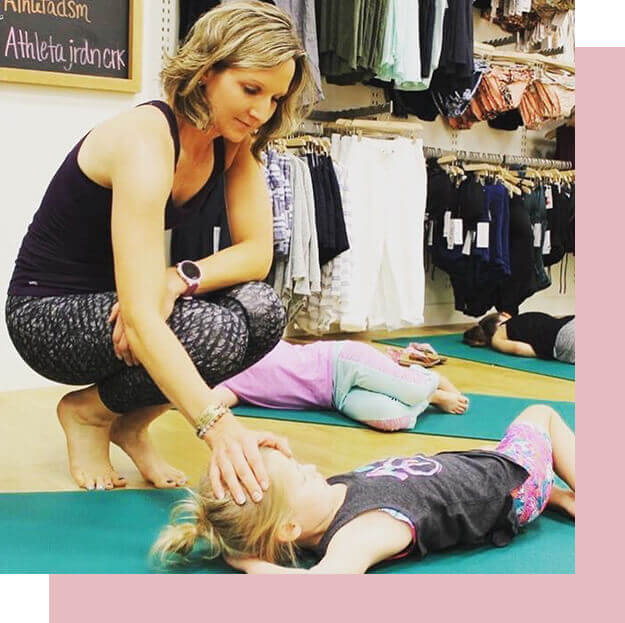
In an earlier post, you shared The Top Three Breathing Exercises for Anxious Kids. What are some additional ways parents and teachers can help kids handle uncertainty and anxiety?
We are in time of such uncertainty and change. It is important for kids and parents to recognize their feelings and understand that it is ok to not always be ok. Take a moment and recognize those undesirable feelings of fear, anxiety, anger, and depression and then move on.
Here are some easy ways to do that with your family:
- Establish and build a new routines and schedules as quickly as possible. Our schedules are so now different now and even though the days feel the same, they are not. This can cause additional anxiety.
- Have children go to bed and wake up at the same time.
- Create established learning/school time; and
- Build in time for physical activity. Include simple mindfulness times, for example through a mindfulness game.
- Finally, practice and express gratitude daily.
- My family does this every night at dinner. We share what we are thankful for and why. This is simple, but effective, and takes the focus off our ourselves and our uncertainties.
Find out more here about my thoughts on some controversy of using the word Namaste and practicing yoga in schools as well as easy to make adaptations for children with mental and physical disabilities.

